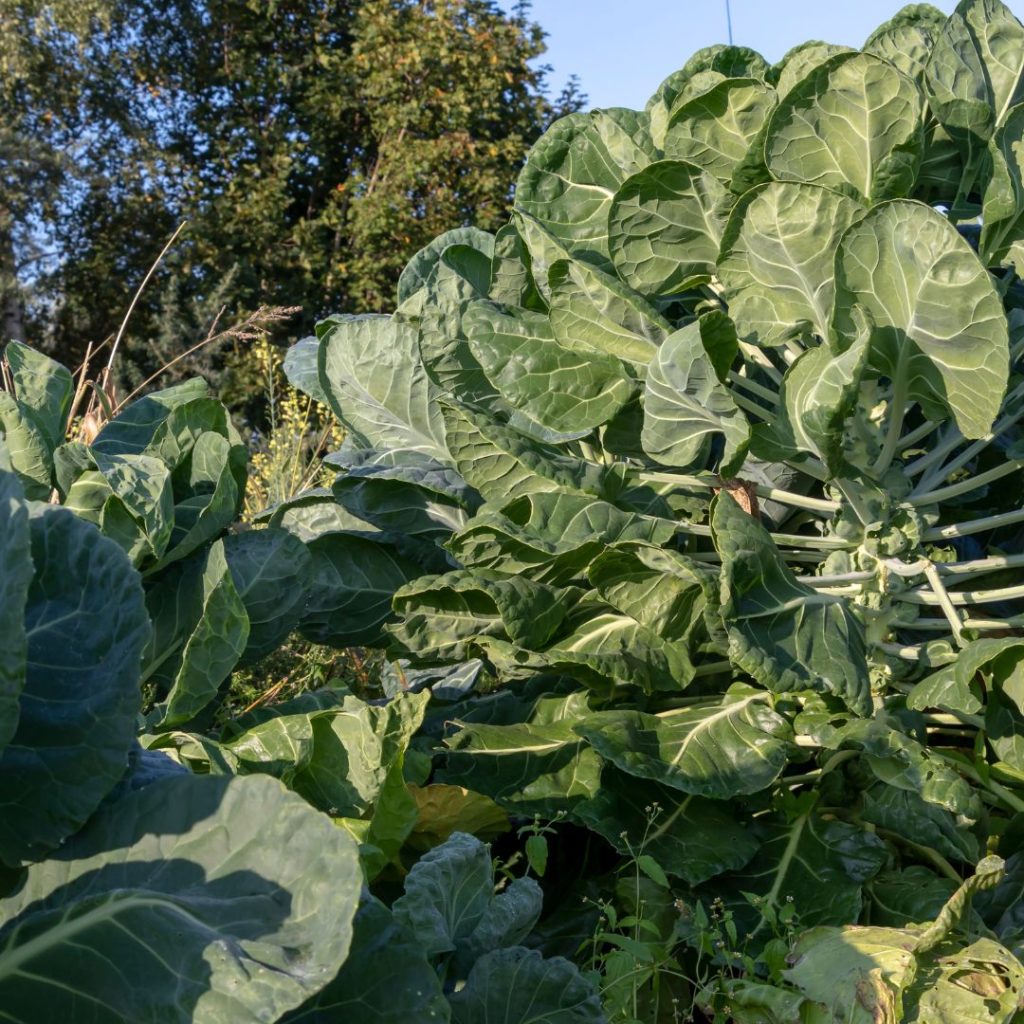Agroforestry as a sustainable form of agriculture

According to the Federal Environment Agency, agriculture was responsible for around 14% of total greenhouse gas emissions in Germany in 2022. At the same time, this sector is being hit hard by the effects of the climate crisis. In many places, people are looking for alternative agricultural models that can at least partially replace conventional, industrial agriculture. So-called agroforestry systems are sustainable, stable, self-sustaining ecosystems consisting of a variety of different perennial plants. In some parts of the world, this form of cultivation has a long tradition.
What is agroforestry?
So-called agroforestry systems imitate forest edges or forest systems and combine agricultural and forestry elements into a harmonious whole. The advantages of arable farming, tree planting and, in some cases, livestock farming are combined to create sustainable and environmentally friendly solutions for agriculture. "Economic production goals and environmental concerns are intertwined and the contradictions that exist between the two in conventional agriculture are resolved. The focus is on the use of synergies that can arise when growing different crops and woody plants on one area and can increase productivity. " writes the University of Osnabrück, which is researching this topic.
How does such a system work?
There are various forms of these agroforestry systems, such as food forests or food gardens. Simple forms are tall-growing rows of trees on arable land or vineyards. Other systems, such as the food forest, are far more complex and combine tree, shrub and herb layers as well as climbing plants and also mushrooms, ground cover and root plants. The aim is always to combine a large number of different plants, all of which offer at least one possible use, in one system. The use of liquid manure, synthetic fertilizers and pesticides as well as monocultures are avoided in an agroforestry system.
Possible uses are:
- Food source
- Soil conditioner
- Wood
- Remedies
"The food forest mimics the structure of natural forests and has a large number of plant species that correspond to the natural forest floors," explains Prof. Dr. Martin Franz from the Institute of Geography at Osnabrück University.
For such a system to work, it takes knowledge and time. Knowledge of which species can be combined well with each other and how, and which are suitable for the location. An agroforestry system is designed on the drawing board and then implemented according to plan. Such systems are usually fenced in so that they have a chance to grow without massive game browsing.
Advantages of agroforestry systems
- Once the system is "established", it requires neither irrigation nor fertilizer and is therefore highly resistant to climate change. Such a system is much more stable and robust against extreme weather, be it heat, drought or heavy rain, as well as against pest infestation. This also keeps crop losses significantly lower.
- The high species diversity of such a system also greatly increases the biodiversity of insects, small mammals, birds and amphibians.
- Soil life is activated and improved, which also drastically increases water absorption and storage capacity.
- Over the years, a thick layer of humus forms, which in turn stores large quantities of climate-damaging carbon dioxide
- In relation to conventional agriculture, this system - once established - requires far less maintenance.
- By cultivating different products, it is possible to harvest over a relatively long period of the year.
"In addition to the yields from wood and fruit or nuts, farms also benefit from an improved microclimate, a healthy environment, greater carbon sequestration and better water quality and storage in the food forest. The food forest also serves as an ecologically valuable habitat for various animal and plant species," explains Prof. Dr. Tobias Wünscher from the Faculty of Life Sciences at Rhine-Waal University of Applied Sciences.
Disadvantages
- An agroforestry system offers low yields in the first few years. This increases over the years. "After a growth period of 10 to 15 years, these forests can produce up to 10,000 kilos of food and other products per hectare per year," says Nicolaas Geijer from the Voedselbosbouw Nederland foundation, reporting on experiences from the Netherlands.
- Harvesting is far more difficult in an agroforestry system than in conventional agriculture. Most of the harvesting has to be done by hand. Annual plants, which usually do not fit into the concept, cannot be cultivated in this way. However, research is already being carried out on this topic in the Netherlands and elsewhere. "For example, we are testing how robotics can be used to simplify what was previously a very laborious harvesting process," explains Alfons Uijtewaal from the Huize Aarde Foundation.






